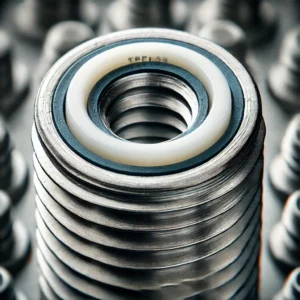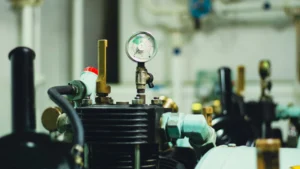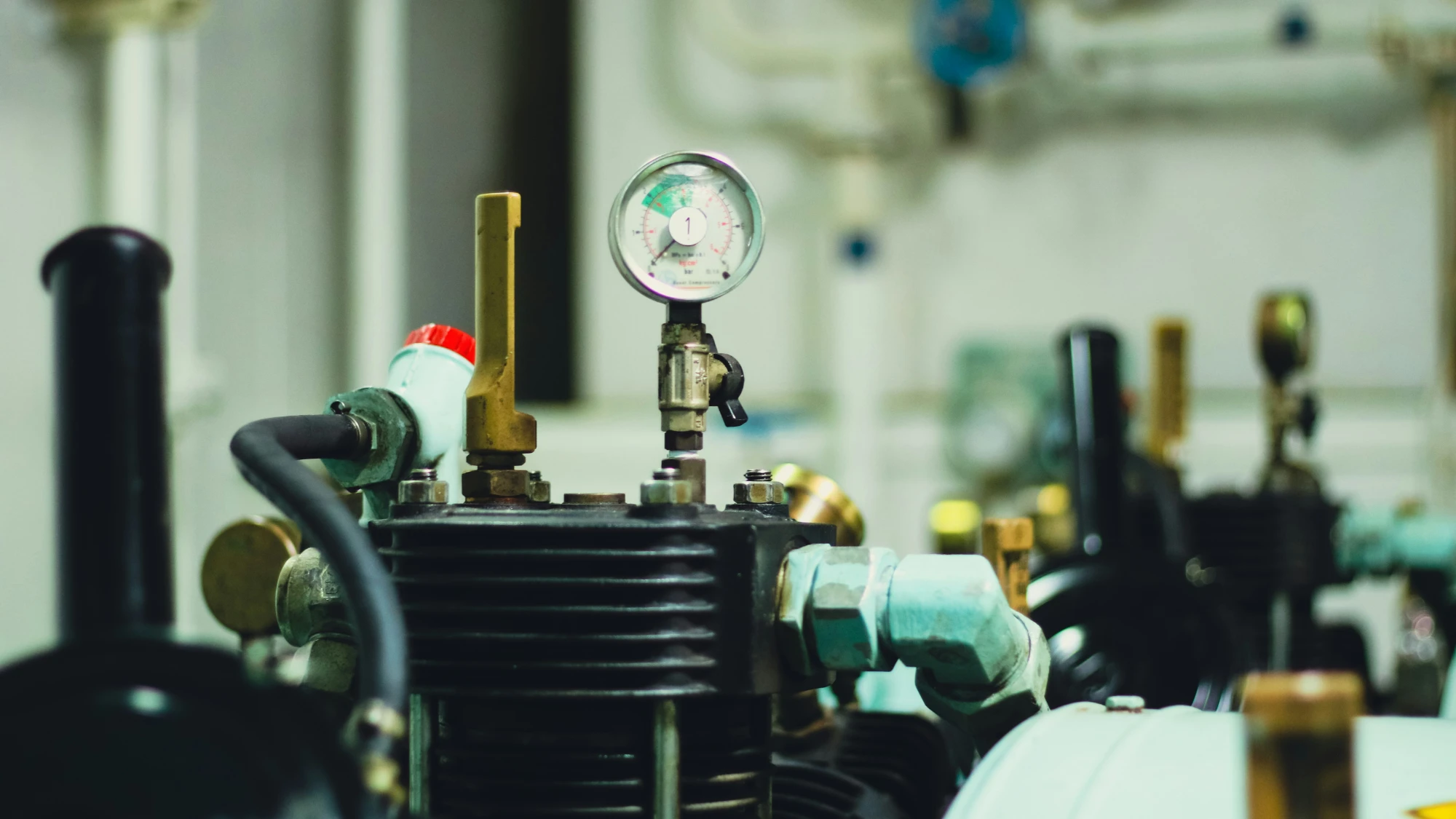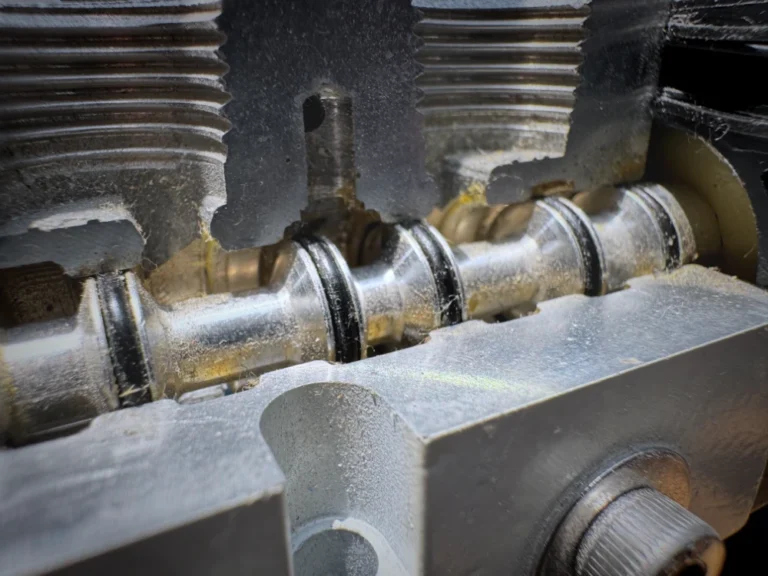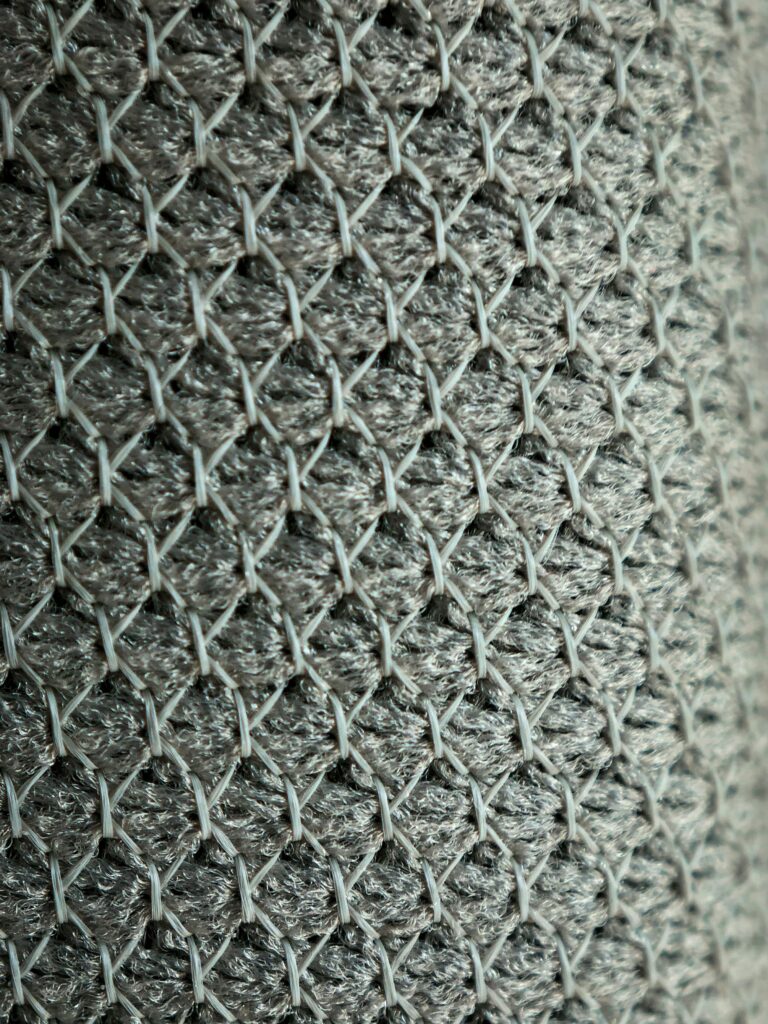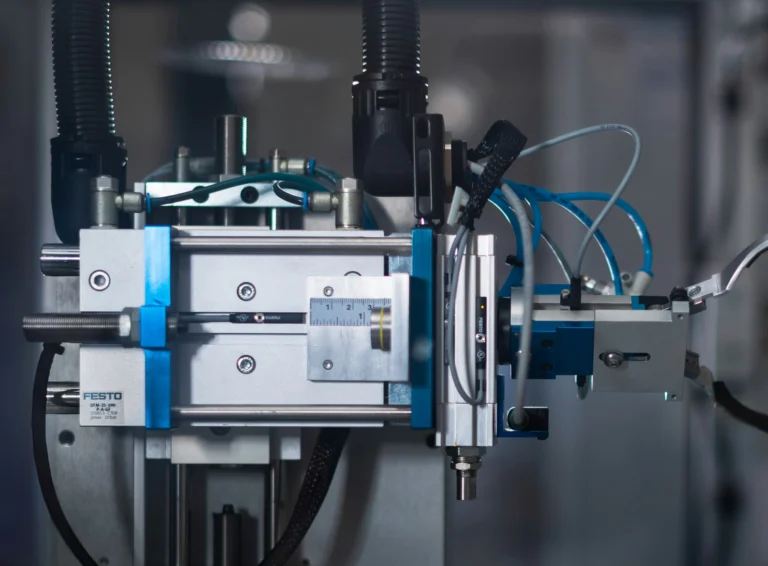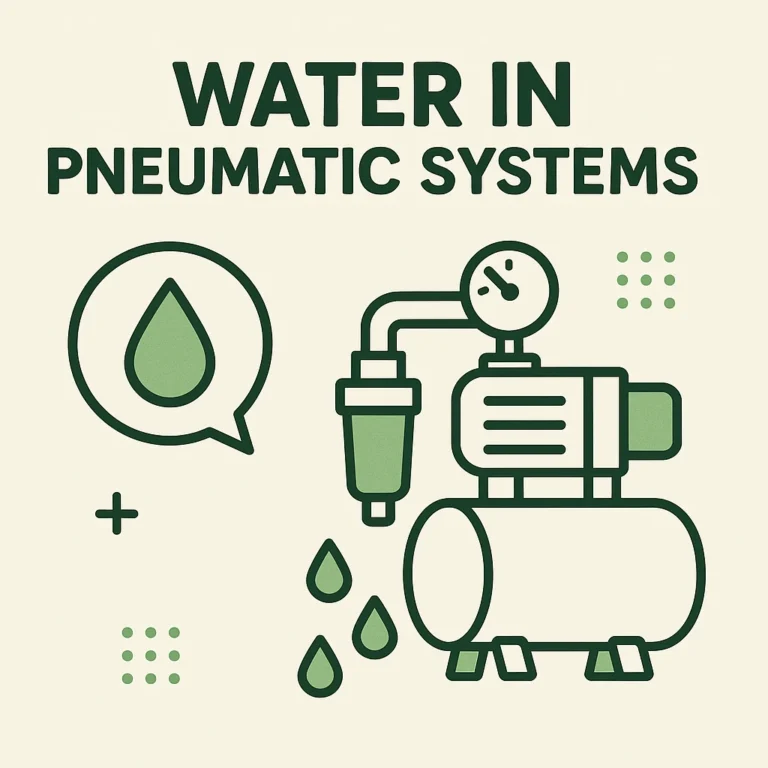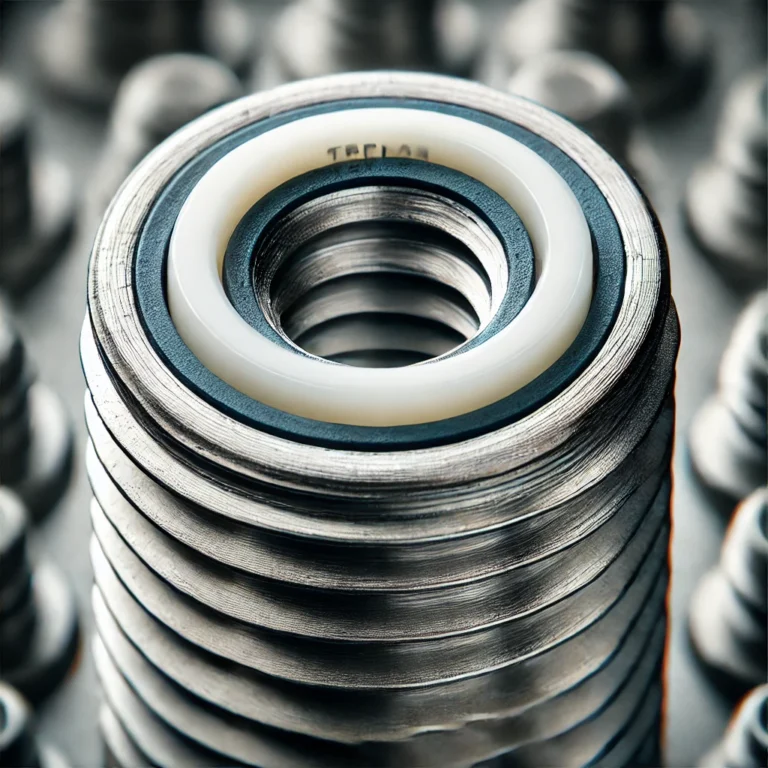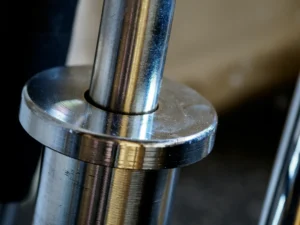Pneumatic systems are essential in various industries, but if the air pressure is insufficient, equipment may not function properly, leading to reduced productivity. So, what should you do when pneumatic pressure drops?
Main Causes of Pressure Drop
There are several reasons why pneumatic pressure may drop. The main causes include:
- Insufficient Compressed Air Supply: If the air compressor is not functioning properly or if the air storage tank pressure is low, there won’t be enough air supply.
- Air Leaks: If air is leaking from hoses or connections, the pressure will continuously drop.
- Clogged Filters and Piping: If filters become clogged or piping is contaminated, airflow may be restricted, leading to lower pressure.
- Excessive Air Consumption: If specific equipment uses more air than necessary, it can cause pressure issues in other parts of the system.
Troubleshooting
1. Check the Compressed Air Supply
The first step in troubleshooting low pneumatic pressure is to ensure that the compressed air supply is functioning properly.
How to Check
- Check the air compressor operation: Make sure the air compressor is running correctly. If it is turned off or malfunctioning, it won’t supply air.
- Monitor the air storage tank pressure: If the pressure in the storage tank is too low, the system won’t receive sufficient air.
- Check the pressure regulator settings: If the pressure regulator is set too low, it won’t provide the necessary air pressure.
✅ How to Fix
- Turn on the air compressor and ensure it is working properly.
- Adjust the pressure regulator to an appropriate level.
- If the storage tank pressure is low, adjust the compressor output to increase pressure.
2. Inspect for Air Leaks
One of the most common causes of low pneumatic pressure is air leakage. If there is a leak, maintaining sufficient pressure becomes difficult.
How to Check
- Listen for hissing sounds: If you hear a ‘hissing’ noise around hoses or connections, there is likely an air leak.
- Use a soapy water test: Apply soapy water to hoses and connections. If bubbles form, there is a leak.
- Monitor the pressure gauge: If pressure drops even when the equipment is not in use, there may be a leak.
✅ How to Fix
- Repair or replace leaking components immediately.
- Tighten any loose fittings.
- Replace old hoses or seals to prevent further leaks.
3. Check Filters and Piping Condition
If filters are clogged or piping is contaminated, airflow may be restricted, leading to lower pressure.
How to Check
- Inspect for clogged filters: If dust or debris builds up in filters, airflow decreases.
- Check for internal pipe contamination: Excess moisture or foreign substances inside pipes can obstruct airflow.
✅ How to Fix
- Clean or replace clogged filters.
- Open the drain valve to remove moisture from the pipes.
- If pipes are severely contaminated, clean or replace them.
4. Examine Pneumatic Actuators and Valves
If there is an issue with pneumatic cylinders (actuators) or valves, air movement may be restricted, causing a drop in pressure.
How to Check
- Check actuator movement: If the cylinder does not move smoothly, there may be an internal failure.
- Inspect valves for blockages or malfunctions: If a valve does not open and close properly, airflow will be restricted.
✅ How to Fix
- Clean or replace clogged valves.
- Inspect actuator components and repair or replace them if needed.
5. Solve Pressure Drop in Specific Areas
If a particular section of the pneumatic system experiences a sudden drop in pressure, additional devices may be needed to stabilize the pressure.
How to Check
- Identify pressure drop areas: Use pressure gauges to check if certain areas have significantly lower pressure.
- Check for excessive air consumption in specific equipment: Some equipment may be consuming more air than necessary.
✅ How to Fix
- Install a booster regulator or an additional air tank in low-pressure areas to maintain stable pressure.
- If specific equipment is using excessive air, adjust its usage or replace it with more efficient equipment.
6. Establish a Routine Maintenance Plan
To prevent low air pressure issues, regular inspections and maintenance are essential.
✅ Preventive Measures
- Regularly check pressure gauges to detect any abnormalities.
- Inspect hoses, valves, and actuators to ensure they are in good condition.
- Clean filters and piping regularly to prevent blockages.
Conclusion
Low pneumatic pressure can significantly impact productivity, but most issues can be resolved with systematic troubleshooting.
✅ Key Checklist for Solving Low Pressure Issues
- Is the compressed air supply functioning properly?
- Are there any air leaks?
- Are filters or piping clogged?
- Are actuators and valves working correctly?
- Are certain areas experiencing unexpected pressure drops?
- Is any equipment consuming excessive air?
- Are regular maintenance checks being performed?
By checking these seven points, you can quickly resolve pneumatic pressure problems! 😊



